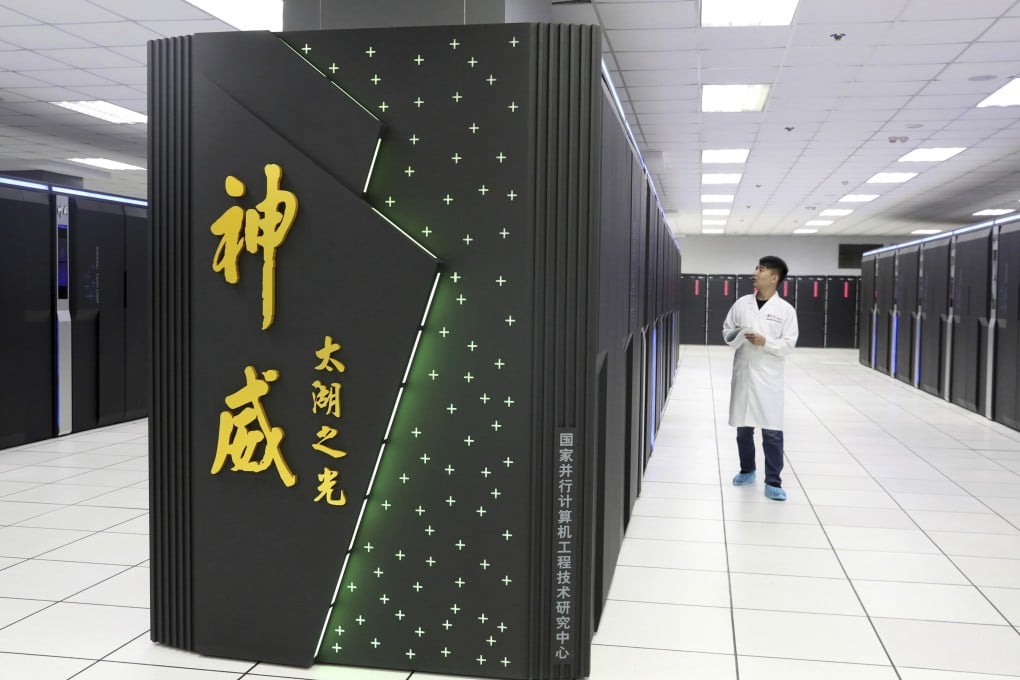China unleashes might of AI on next-generation supercomputer to meet demand for more power
- Supercomputer recorded a 75,839-fold boost in handling data for machine learning after a breakthrough in memory management
- China’s decision to keep quiet about its computing advances has prompted speculation overseas

Aided by a breakthrough in memory management technology, the New Generation Sunway supercomputer developed by the National Research Centre of Parallel Computer Engineering and Technology recorded a 75,839-fold boost in handling data for machine learning. The overall performance of the computer increased 88 times when processing some of the most challenging AI-related tasks.
“The increasing demand for computing power has prompted the rapid development of supercomputers in recent years,” said Zhai Jidong, associate professor of computer science and his colleagues with Tsinghua University in a paper published in the peer-reviewed Journal of Tsinghua University on Wednesday.
“Traditional supercomputers mainly serve scientific computing applications. Their support for machine learning, graph computing and big data processing is poor, limiting the application scenarios.”
Using the new technology, the Sunway exascale machine “is running many AI applications, including large-scale machine learning and molecular dynamics simulation”, they added.